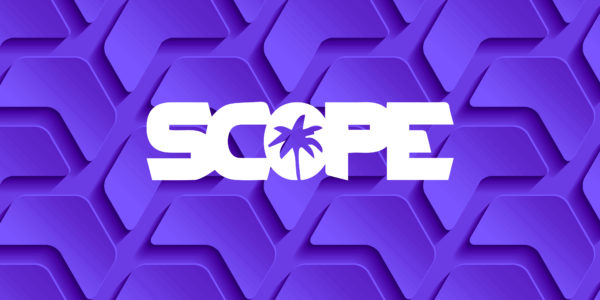The clinical trial management system (CTMS) is a staple of the clinical development industry, providing a centralized repository of data to track the health of clinical trials, which enables sponsors and CROs to make informed decisions throughout trial lifecycles. Changes in how users interact with systems, combined with our high expectations from technology advancements, will help us to achieve significant clinical trial efficiencies. Requiring systems that are open, interoperable, flexible, and continuously adapting to evolving industry trends.
Here we review the CTMS interface and how it has adapted – and will continue to adapt – to better support the industry and deliver real value to users.
CTMS interfaces: The value of integration
Clinical trial management systems have typically been large applications with a single interface designed to cater to many different users, whether they’re a clinical research associate, a site monitor, or an administrator of the system. Typically, the user’s role determines what data they see within the system and their access to features – but the front end remains the same.
However much of the information held within a CTMS comes from integrations with other applications, for example, electronic trial master file (eTMF) and electronic data capture (EDC) systems, meaning they’re machine-to-machine transactions. Considering the big advances we’ve seen in technology, the data platforms underneath, and targeted use of data tailored toward end-users, it’s time to rethink how we interface with a CTMS to make it more efficient and effective, and not have a “one size fits all” approach.
Flexibility is key
Since every pharmaceutical company and CRO is slightly different in how they process data, a critical component of the CTMS is its flexibility. A flexible CTMS enables the company to tailor their data model to fit their business needs and processes to ensure data can move seamlessly from their own systems into and out of the CTMS. That wider ecosystem also plays into how user interfaces of the future could potentially look, having perhaps a role-based application that links to an eTMF and CTMS solution to complete set tasks, without the user even being aware.

“Calyx CTMS seamlessly takes information from other systems; stores, processes, and moves it on to other systems for future processing – putting information efficiently in the hands of those who need it, to make key decisions and drive successful outcomes.”
– Serena Barker, VP, eClinical, Calyx
Don’t forget user preferences
Considering how we input and access data into and out of the CTMS, the interface should be tailored to each users’ preference. For example, for users at a site, it could be a mobile-compatible interface. For office users and administrators, perhaps something more heavyweight that’s easily accessible and usable via web browsers.
We also need to keep in mind that users may access CTMS data through other systems entirely, via other main applications that are part of the clinical trial process. Or, as the role of citizen developer starts to emerge and evolve, there will be the need for CTMS to interface with very specific and quick applications that are constructed for small and short-lived purposes.
Summary
It’s possible to envision a different future for CTMS, compared to its initial starting point as a very big database with a very big user interface attached to it.
对于如今的临床试验管理系统,由于应用程序本身存在多样性,为了达到目标,CTMS 必须适应用户需求,具有互操作性和灵活性,这些特点对于重新构想下一代 CTMS 至关重要。

















